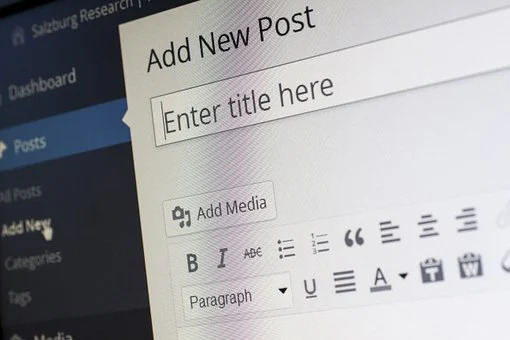Website optimization SEO is more than just spreading keywords. It also means more than just getting a search engine ranking on Page 1. A website should be designed with your visitors in mind first, followed by search engine convenience. It is well and good to have your total focus on search advertising and get ranked #1, but what good is all this if your website visitors see them and prefer to move their business elsewhere?
When planning the design and development of your website, make sure that the designer you use is familiar with SEO and creates a search engine friendly website. Otherwise, hire your SEO consultant first to advise and work closely with the designer for the best results. Waiting for your website to complete before starting the SEO process can be a costly, frustrating, and complicated mistake. The search engine friendly design forms a solid foundation on which to build your SEO campaign.
We found that Word Press sites get the best search engine visibility especially when you use some SEO plugins like All In One SEO, XML Sitemap, and Social Plugins.
If you already have a working website and you think it's ranked incorrectly, analyzing or reviewing the website will reveal any structural and additional issues that could be affecting your website.
So what are the structural areas of a website?
First, there are three areas to consider. Coding files, sitemaps and robots.
If your website has excessive coding, it will be difficult for search engine spiders to sift through everything to find what they are looking for. Make sure your coding is clean, concise and well organized. Use Cascading Style Sheets (CSS) as much as possible. Avoid using tables. A great way to test how easily search engine crawlers crawl your pages is to use the Firefox browser with an add-on called Web Developer. After installing this add-on and browsing your website, just press Ctrl + Shift + S on your keyboard and it will remove all styles from your browser and show you how search engines see your page. If all the text and images in a regular font (that is, without any special colors or formatting) are lined up on the left side of the page, this is a good sign that your encoding is clean. However, keeping page layouts similar and page elements not shifting to the left means you use as little CSS as possible. You can simply press Ctrl + Shift + S to return your web page to normal view.





Comments